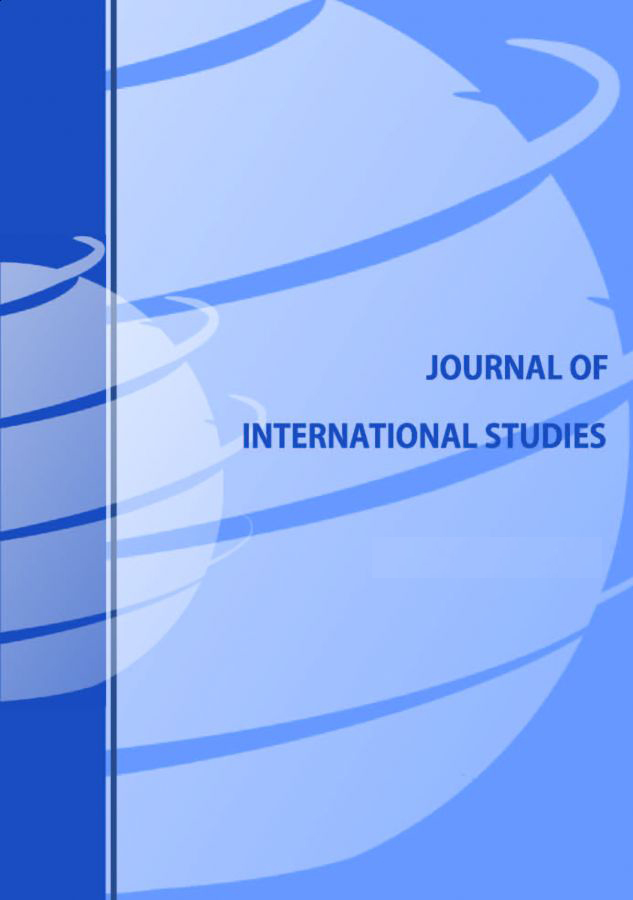EXCHANGE RATE MECHANISM II AND THE RISK OF CURRENCY CRISIS – EMPIRICISM AND THEORY
EXCHANGE RATE MECHANISM II AND THE RISK OF CURRENCY CRISIS – EMPIRICISM AND THEORY
Author(s): Mojmír HelísekSubject(s): Economy, Financial Markets
Published by: Fundacja Centrum Badań Socjologicznych
Keywords: euro; ERM II; currency crisis; euro area enlargement; fixed exchange rate;
Summary/Abstract: Currency participation in ERM II is conditional on the introduction of the fixed exchange rate regime. A fixed exchange rate is more at risk from a currency crisis than a flexible exchange rate. These concerns are also expressed in the official strategy for the introduction of euro in the Czech Republic. The goal of this paper is to evaluate the risk of a currency crisis using two methodological approaches. First, from the empirical perspective. In the history of ERM II, no currency has been affected by such currency crisis. Second, from the theoretical perspective. A currency crisis in ERM II can be explained by second-generation models that do not take into account for the fundamental causes of investor distrust and emphasize the importance of devaluation expectations. We have defined five specific risks associated with entry into ERM II which could be the cause of devaluation expectations. We have also explained three reasons why the central bank will try to maintain a fixed exchange rate in ERM II. This will weaken devaluation expectations. These specific risks, leading to devaluation expectations, and these reasons for weakening devaluation expectations, are applied to the second-generation model (we have modified this model according to ERM II conditions). We have concluded that concerns over a currency crisis from participation in ERM II are unfounded.
Journal: Journal of International Studies
- Issue Year: 12/2019
- Issue No: 1
- Page Range: 297-312
- Page Count: 16
- Language: English

